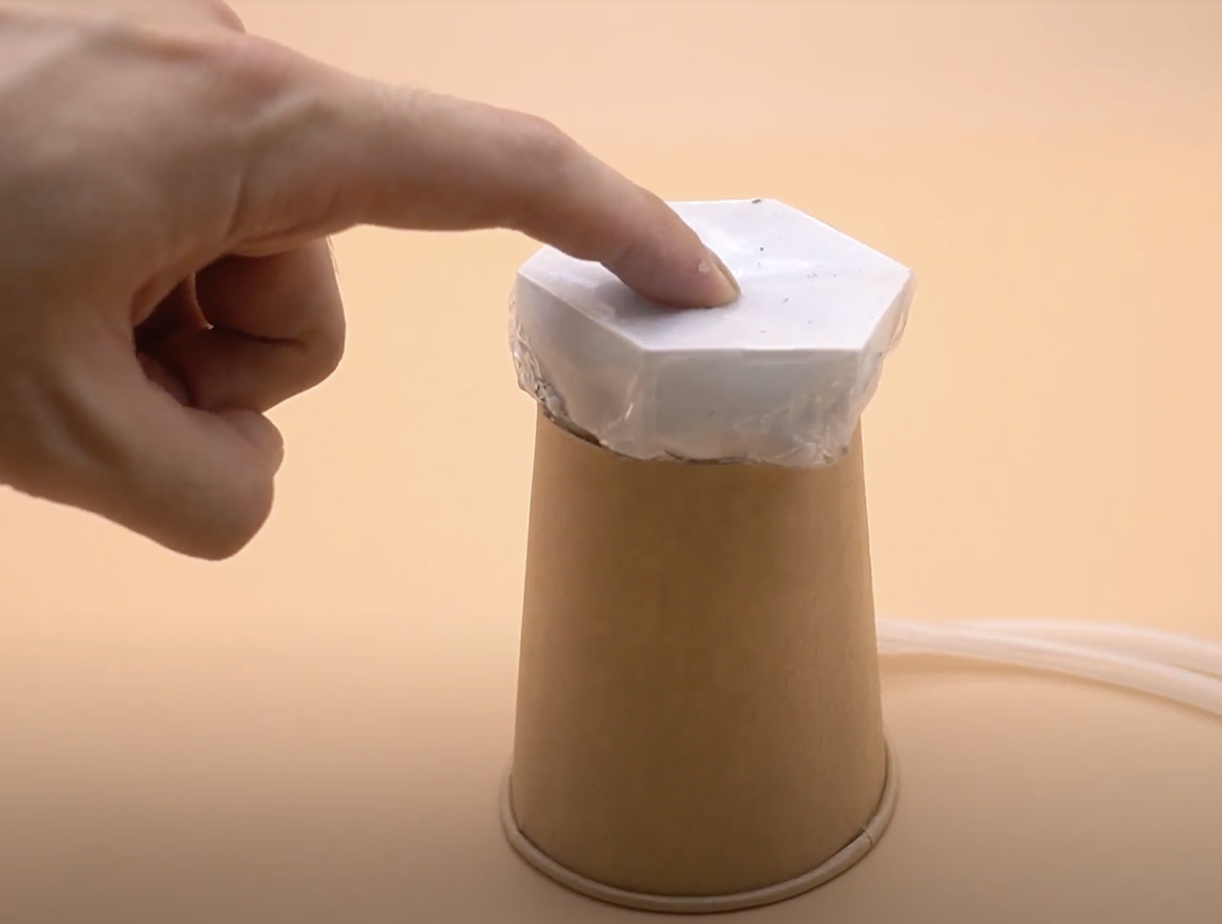Hua Ma and Junichi Yamaoka
In this study, we propose the design and implementation of a smart textile using conductive sequins produced by a 3D printer based on traditional sequin embroidery.
The well-designed conductive sequin smart textile, referred to as traditional sequin embroidery of various designs and diverse embroidery techniques, can break through the limitations of sequin fabric in its vertex modeling capability to create vertex-like sequins.
Using conductive and non-conductive resins, we printed out two types of sequins using a 3D printer1, which are then combined and embroidered using the traditional sequin embroidery technique. When a force such as a touch or press is applied to the conductive sequins, a signal generated from the circuit, which those sequins themselves are part of, will be sent to the computer. The computer can visualize the electric signals of this textile and sense the changes in the state of the textile.
Hua Ma and Junichi Yamaoka. 2022. Smart Textile Using 3D Printed Conductive Sequins. In Sixteenth International Conference on Tangible, Embedded, and Embodied Interaction (TEI ’22). Association for Computing Machinery, New York, NY, USA, Article 73, 1–7. DOI:https://doi.org/10.1145/3490149.3505577










